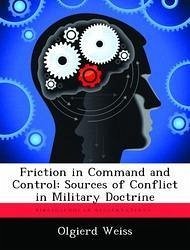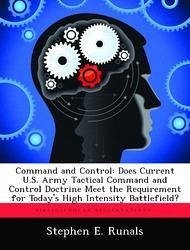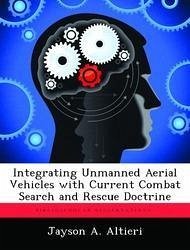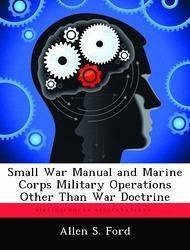
Friction in Command and Control: Sources of Conflict in Military Doctrine
Versandkostenfrei!
Versandfertig in über 4 Wochen
52,99 €
inkl. MwSt.

PAYBACK Punkte
26 °P sammeln!
This study asks how Airmen and Marines can set aside their differences regarding command and control of airpower, and integrate their forces to accomplish assigned missions. It opens with an in-depth analysis of the command and control doctrine of each service, breaking down the concepts and terminology that Airmen and Marines use to describe command, control, and execution, revealing where they differ, or share common views. This sets the stage for a disciplined analysis of the differences between Air Force and Marine Corps command and control doctrine, using Barry Posen's organizational pers...
This study asks how Airmen and Marines can set aside their differences regarding command and control of airpower, and integrate their forces to accomplish assigned missions. It opens with an in-depth analysis of the command and control doctrine of each service, breaking down the concepts and terminology that Airmen and Marines use to describe command, control, and execution, revealing where they differ, or share common views. This sets the stage for a disciplined analysis of the differences between Air Force and Marine Corps command and control doctrine, using Barry Posen's organizational perspective; referencing the three significant causal forces of purpose, people, and environment. The analysis begins with delineation of each service's roles and missions -- its purpose. It continues with a historical analysis of the operational experiences and cognitive development of doctrine and concepts, as influenced by the people that form each service and the environment in which they operate. Beginning in World War I and ending with Operation Desert Storm, the analysis summarizes how each service developed their concepts of airpower.














